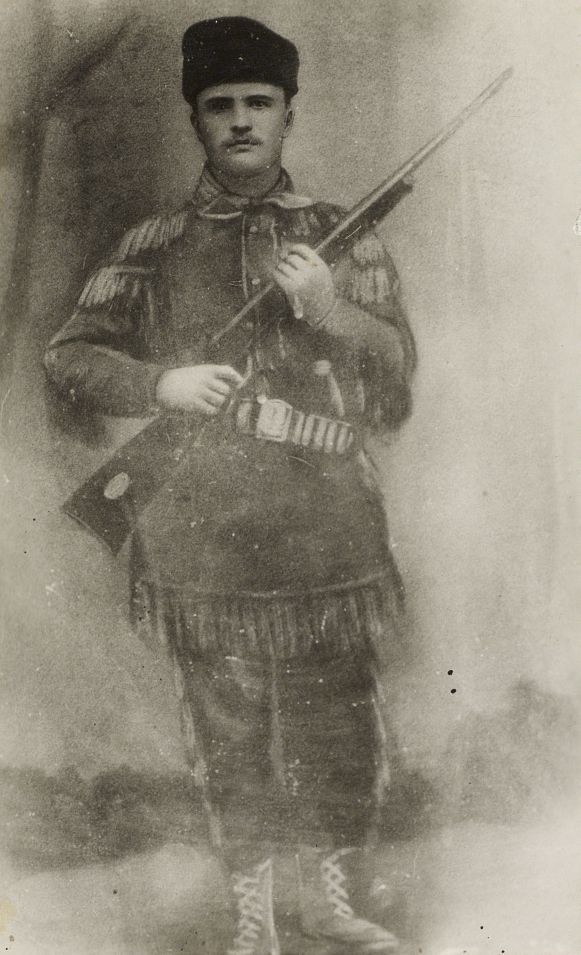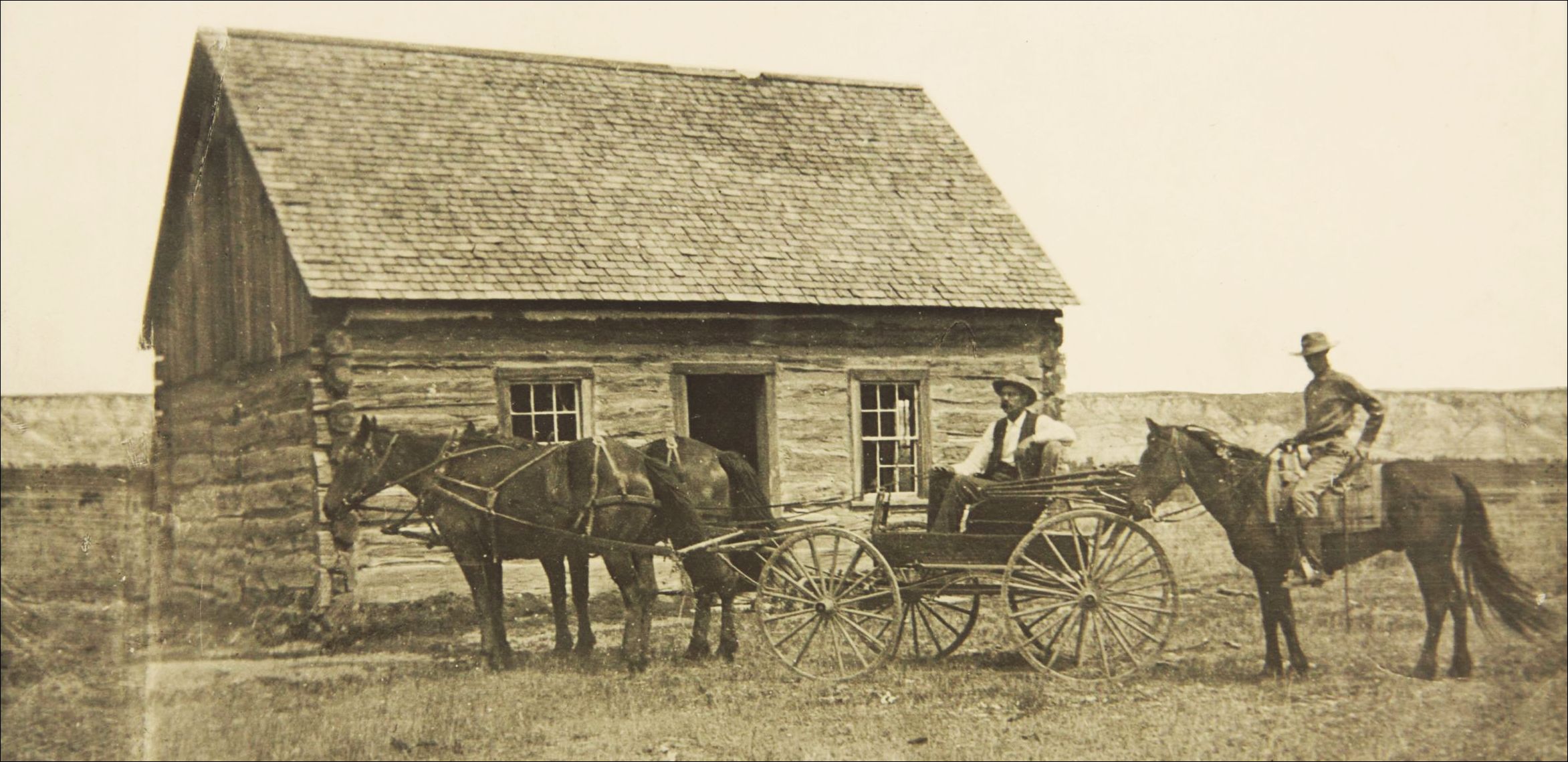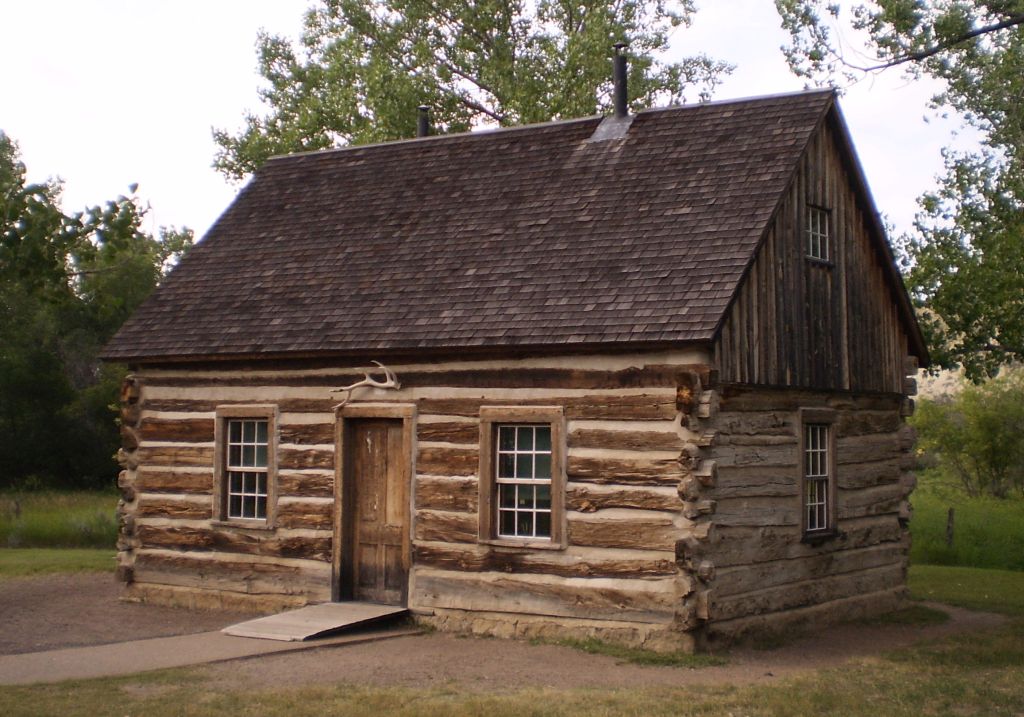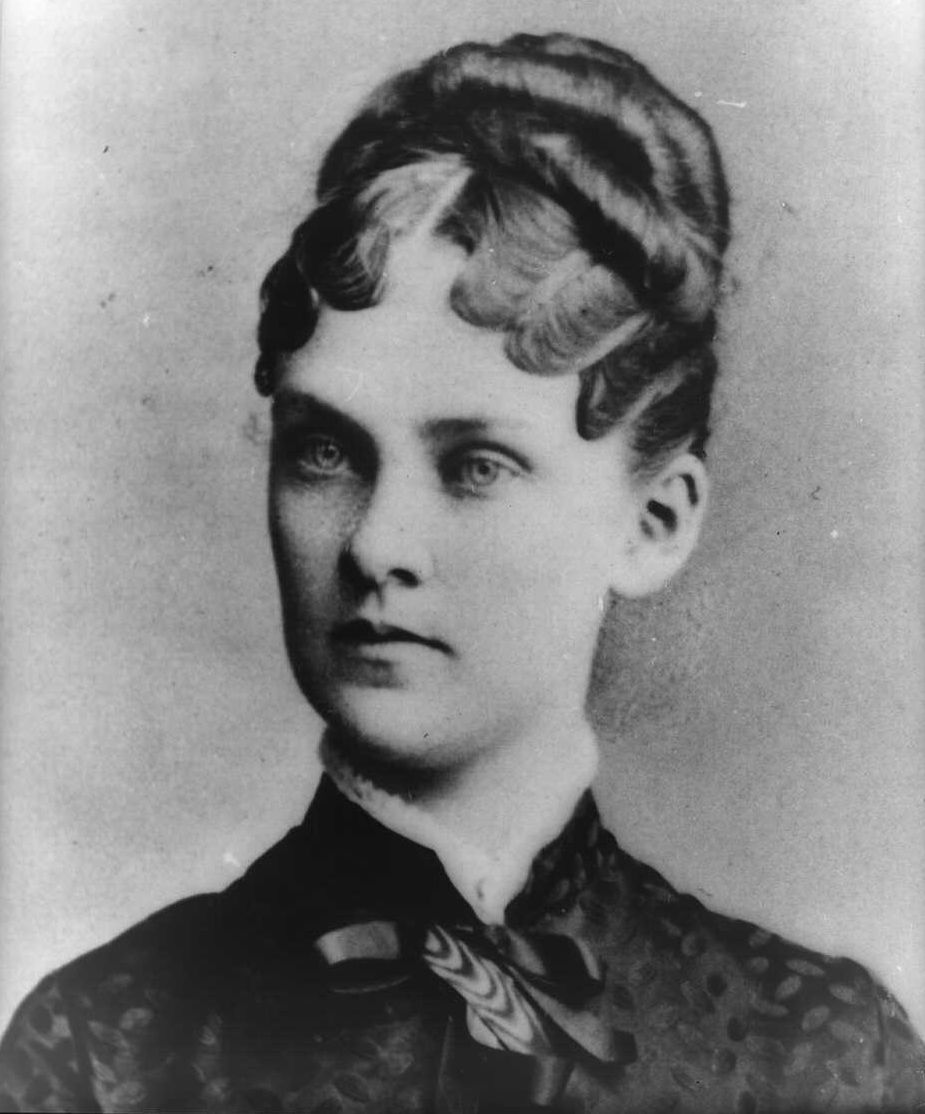As a young man, Theodore Roosevelt struggled through a brutal winter on a cattle ranch in the Dakota Territory. The adventure launched a love affair with the western U.S.
-
September 2023
Volume68Issue6
Editor's Note: H.W. Brands is a professor at the University of Texas at Austin and the author of twenty books on American history, including two that were finalists for the Pulitzer Prize. He adapted the following from his recent book, Dreams of El Dorado: A History of the American West.

For Theodore Roosevelt, it was love at first sight. Which was saying a lot, since Roosevelt’s first sight of the West didn’t show the region to best effect. The young New Yorker, plagued in boyhood by illness and a sense of physical insufficiency, had long dreamed of the region. Its explorers, hunters, soldiers, and cowboys became his heroes, the models of the man he struggled to be.
On a break from a budding political career, as a member of the New York State Assembly, he took a western vacation in 1883. He rode a train across the prairies west of Chicago and onto the high plains of the Dakota Territory, and, in the middle of the night, a Northern Pacific conductor deposited him at the scruffy hamlet of Little Missouri in present-day North Dakota, where the rail line crossed the river of that name.
“It was bitterly cold,” he wrote to his wife, Alice, though the calendar registered early September. “And it was some time before, groping about among the four or five shanties which formed the ‘town,’ I found the low, small building called the ‘hotel.’” He hammered on the door and eventually roused the innkeeper, who cursed him for spoiling his sleep. The visitor was shown to a barracks room, where he spent the rest of the night amid snoring, snorting men, the likes of which the silk-stockinged Manhattanite had rarely seen, let alone slumbered with.
Morning made him wonder what had brought him to this locale. “It is a very desolate place,” he wrote, “high, barren hills, scantily clad with coarse grass, and here and there in sheltered places, a few stunted cottonwood trees; ‘wash-outs,’ deepening at times into great canyons, and steep cliffs of the most curious formation abounding everywhere.”

The scenery didn’t improve on closer examination. He enlisted a guide to show him the Badlands, as the crazily eroded terrain was called. They rode mustangs — horses as wild in appearance as the land — around and through the gullies, hoodoos, buttes, and cliffs. It was “frightful ground,” he recounted. And utterly inhospitable. “There is very little water, and what there is is so bitter as to be almost a poison, and nearly undrinkable.”
The weather was as dismal as the scenery. The autumn rains commenced upon Roosevelt’s arrival, and, for days, the leaden sky poured, drizzled and misted, turning ground that had been dusty days before into a sticky, bottomless gumbo. Roosevelt had come to Dakota to hunt buffalo; he had been told that some of the last remnants of the once-uncountable herds had been seen on the Little Missouri. But his guide was reluctant to venture out into the slop. The buffalo knew enough to take shelter, he said; so should hunters.

Yet Roosevelt insisted, and offered a bonus. Out they went. They got cold, soaked, and muddy. And they found no buffalo. But TR, who equated tests of the body with tests of the soul, found the experience exhilarating. He had been slightly ailing before coming west. No longer. “I am now feeling very well, and am enjoying the life very much,” he told Alice.
Eventually, the weather broke. His guide located a buffalo — a feat the nearsighted Roosevelt could never have managed on his own. He skirted downwind of the beast, which was even more myopic than he was, and crawled close enough to get a shot. He fired once, then twice more. The buffalo took off running. Roosevelt thought he might have missed entirely. But he and the guide gave chase, and after crossing a ridge, they discovered the buffalo lying dead on its side. Roosevelt whooped for joy and did a victory dance. He pulled out a hundred-dollar bill and gave his guide a bonus.

The experience persuaded him to plant a flag in the West. His difficulty finding a buffalo drove home the fact that the region was changing; the indigenous bovines were being replaced by introduced ones: cattle. Roosevelt scouted the opportunities for investment in the cattle industry, and, before he left Dakota, he designated two locals as his agents, with instructions to buy him a cattle ranch. Assuming Westerners to be more honest than the swindlers he knew in the East, where his political enemies included the grafters of New York’s Tammany Hall, Roosevelt wrote a check for $14,000 and accepted no security beyond a handshake.
He got his ranch and became a cattleman. He struggled to master the arts of the cowboy. To him, as to many of his generation in America, the cowboy was the embodiment of the West and its spirit of rugged individualism. If Roosevelt could prove himself to be as hardy, as resourceful, as brave and strong as the cowboys who rode the Dakota range, he would become the man he longed to be.
He made an odd figure for a cowboy. His laconic neighbors chuckled at the “Bully!” and “Deeelighted!” that burst from his mouth. His thick eyeglasses earned him the inevitable moniker “Four-eyes,” which alternated with “the Dude.” But his determination and stamina eventually won the respect of his new comrades. He learned to ride like a cowboy, rope like a cowboy, herd cattle like a cowboy, and stand up to thieves and other bad men like a cowboy.
Roosevelt poured his inheritance into his Dakota ranch, and, following the untimely death of his wife and mother on the same day in 1884, he poured his heart into it, as well. Alice had been his only true love; she died of Bright's disease (a kidney inflammation) on February 14, two days after giving birth to their daughter, Alice Lee. He was devastated, and three days later sold their house and moved to the Dakotas, seeking refuge on the ranch and in the solitude of the Badlands.
He fell under the spell of the West. “I have been three weeks on the roundup and have worked as hard as any of the cowboys,” he wrote from the range to an Eastern friend. “But I have enjoyed it greatly. Yesterday, I was eighteen hours in the saddle — from 4 a.m. to 10 p.m. — having a half hour each for dinner and tea. I can now do cowboy work pretty well.”
Roosevelt dreamed of becoming a cattle baron, a Western equivalent of the business tycoons of the East. Many others had made fortunes in the West; why couldn’t he?
He learned soon enough. Winters in Dakota had been deceptively mild during the brief time since white people had begun settling there. The winter of 1886–1887 reverted to the mean, and then some. Rainfall had been scanter than usual that summer, and it didn’t pick up in the fall. The cattle became thin, not packing on the weight needed to carry them through the winter. The freezing time came early. A typical winter on the plains featured brief storms that dropped a few to several inches of dry snow on the ground and then abated. The air might be cold, but the snow wasn’t too deep for the cattle to paw aside, baring the cured grass beneath.
This winter was different. The first storm came in November as a full-bore blizzard. It caught the cattle not only thin from the summer, but lacking their winter coats. It dropped drifts of snow that defied the efforts of the hungry animals to dig through it. Where they did manage to penetrate to the bottom of the drifts, there wasn’t any grass, due to the summer’s drought.
This first storm was followed by another, and another. Temperatures plummeted far below zero. The cowboys, who normally thought nothing of risking their lives for the cattle, couldn’t leave their cabins without freezing in minutes. The cattle sought shelter in creek bottoms and wherever the wind slackened. But it was in precisely these places that the snow drifted deepest, burying the cows until they couldn’t move or even breathe.
The winter went on and on. The cattlemen could only guess at the toll it was taking on the herds. When spring finally came, they got their answer. “In the latter part of March came the Chinook wind, harbinger of spring, releasing for the first time the iron grip that had been upon us,” recalled a neighbor of Roosevelt on the Little Missouri. “At last, it seemed, the wrath of Nature had been appeased.”
The ice in the river broke apart, and the stream brought it down in big chunks. It soon brought something else, something the cattlemen could never have imagined. “For days on end, tearing down with the grinding ice cakes, went Death’s cattle roundup of the upper Little Missouri country,” Roosevelt’s neighbor explained. “In countless valleys, gulches, washouts, and coulees, the animals had vainly sought shelter from the relentless Northern Furies on their trail. Now, their carcasses were being spewed forth in untold thousands by the rushing waters, to be carried away on the crest of the foaming, turgid flood rushing down the valley.”
Roosevelt’s Western dream didn’t survive that brutal winter. He gradually retired from the region and returned to politics in the East. But he never lost his emotional connection to the territory, nor his belief that, for all its ability to shatter dreams, this was where the American spirit shone brightest and most true.

